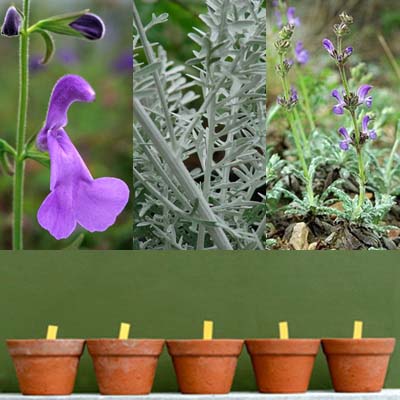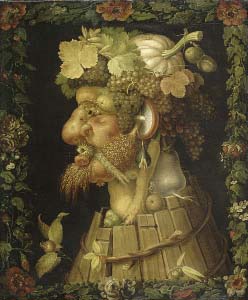(Dorset Lavender Gentian Sage) Large, deep lavender flowers shaped like parrot beaks make Salvia patens 'Chilcombe' distinctive in the Gentian Sage group, which is dominated by true blues.
This is a petite border perennial that also grows well in containers. It's almost identical to Salvia patens 'Lavender Lady'.
Also known as Dorset Lavender Gentian Sage, its common and scientific names honor the famous Chilcombe estate gardens of Dorsetshire, or Dorset County, in southwestern England. Patens is Latin for "spreading." Similar to Dahlias, Gentian Sages have tuberous roots that can be overwintered for replanting.
As with other Gentian varieties, this plant thrives in partial shade but can handle some full sun. Not all are as water loving as Dorset Lavender, which can also thrive on an average amount of supplemental watering based on local rainfall. Regarding in-ground planting, give it fertile loam that drains well. Container planting requires standard soilless mix.
Gentian Sages began captivating the UK in the mid 19th century following their discovery in Mexico around 1836 by plant explorer Karl Theodor Hartweg. Being New World natives, they appeal to hummingbirds, which are limited to the Western Hemisphere. As to deer, they leave most sages alone, including the Gentian group.
By 1867, the then-familiar, blue flowered Salvia patens was considered not only "moderate in price" but also a plant with which few ornamentals could "vie" for "colour." That was the opinion of George W. Johnson and Robert Hogg in their book The Journal of Horticulture Cottage Gardener and County Gentleman .
We think that the intensely saturated color of Dorset Lavender Gentian Sage is similarly hard to beat.
Question?


